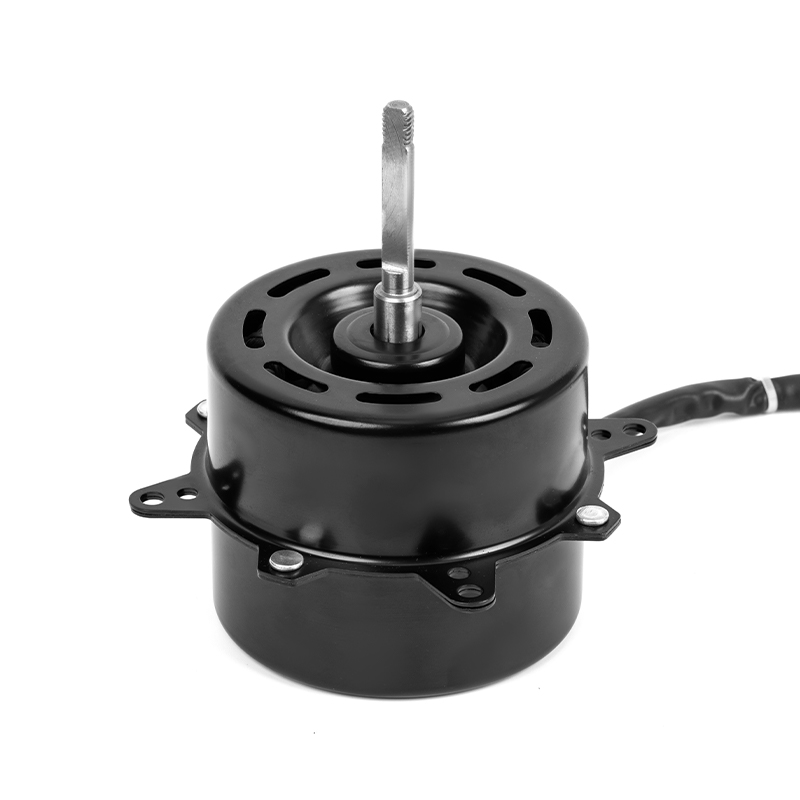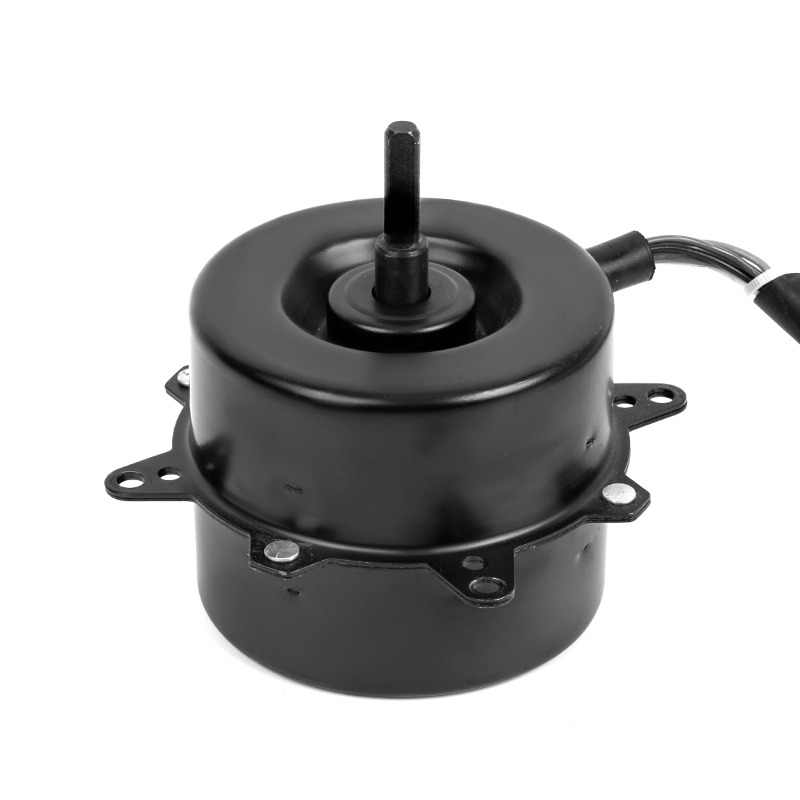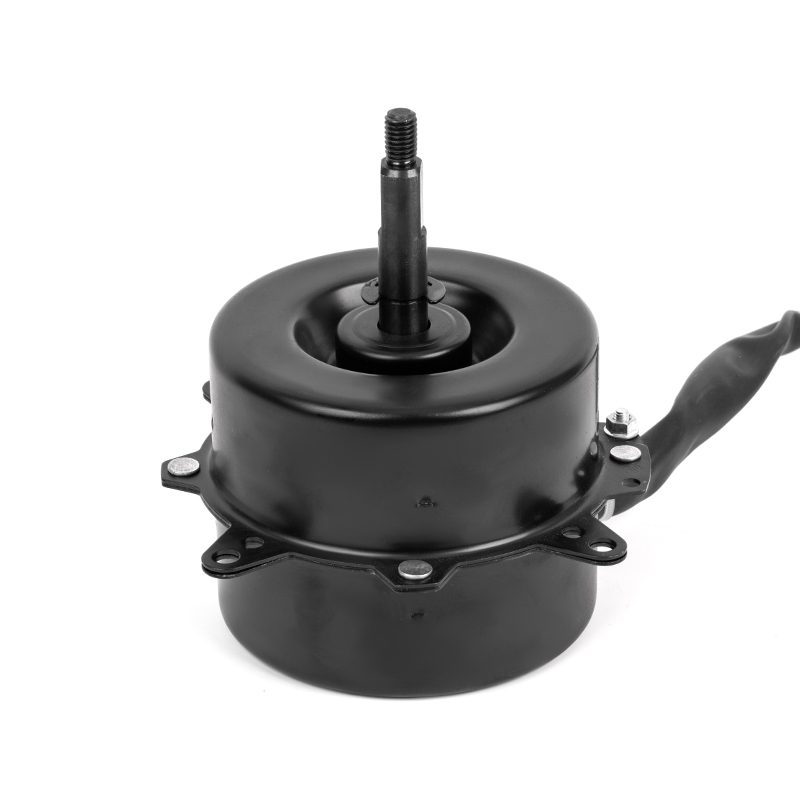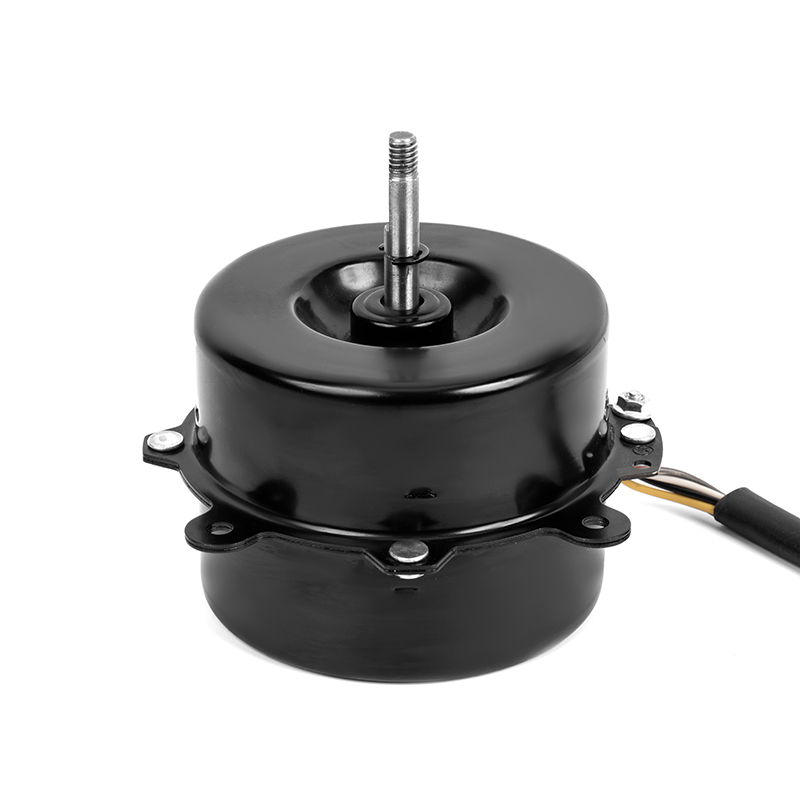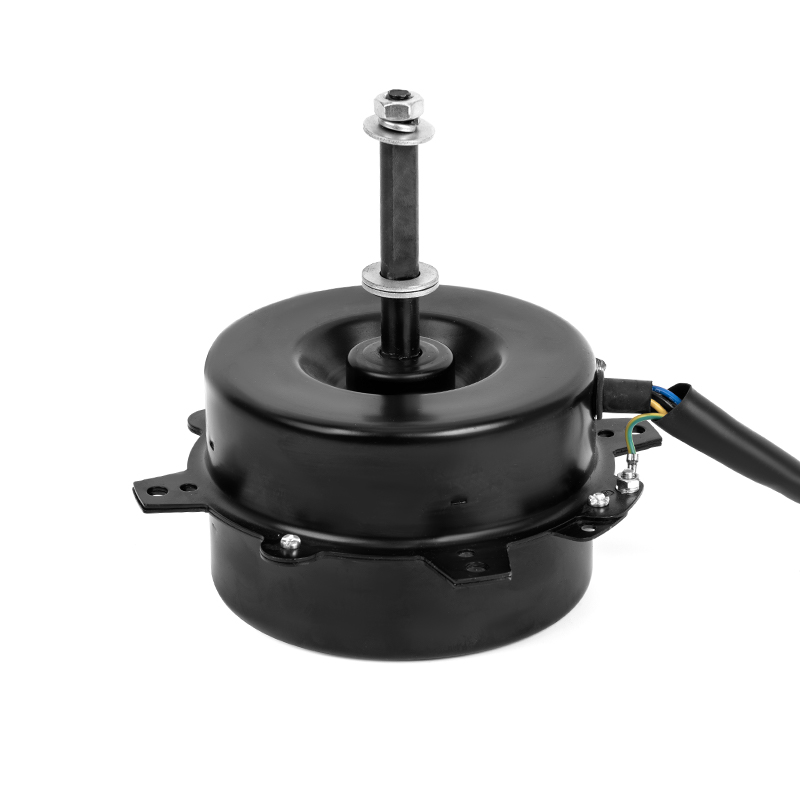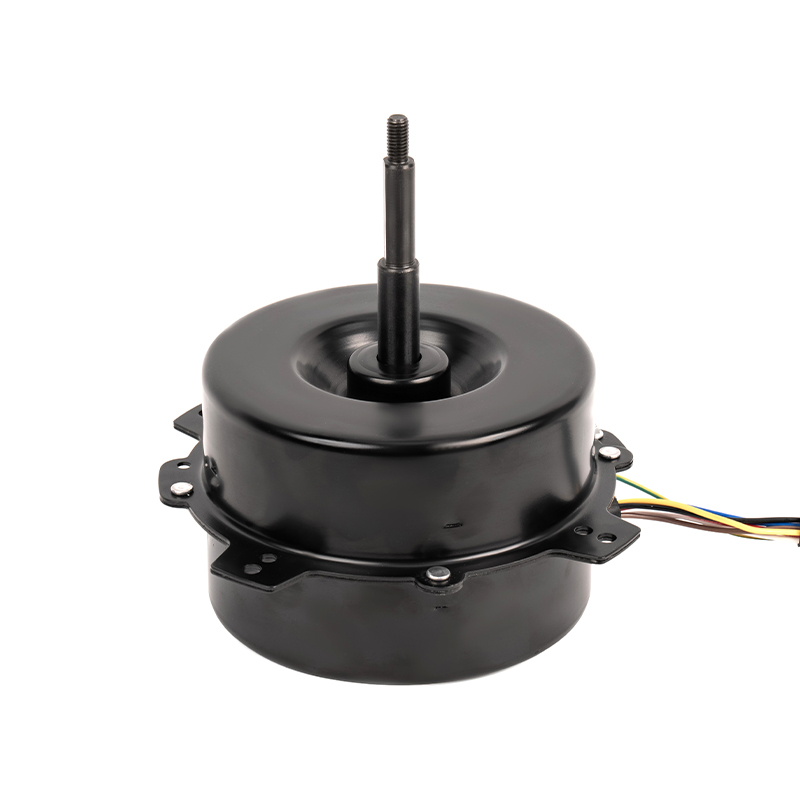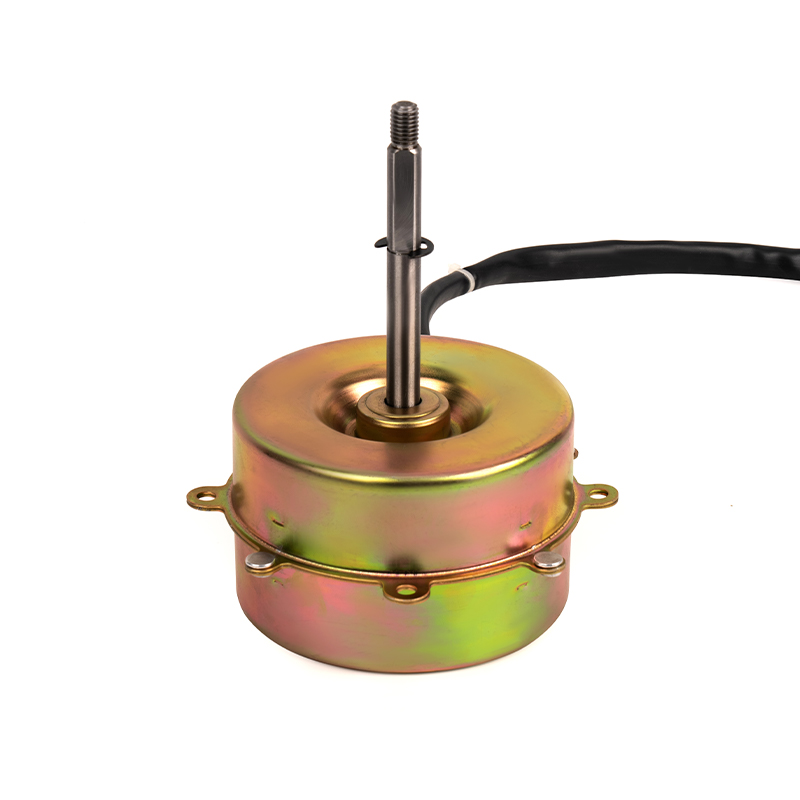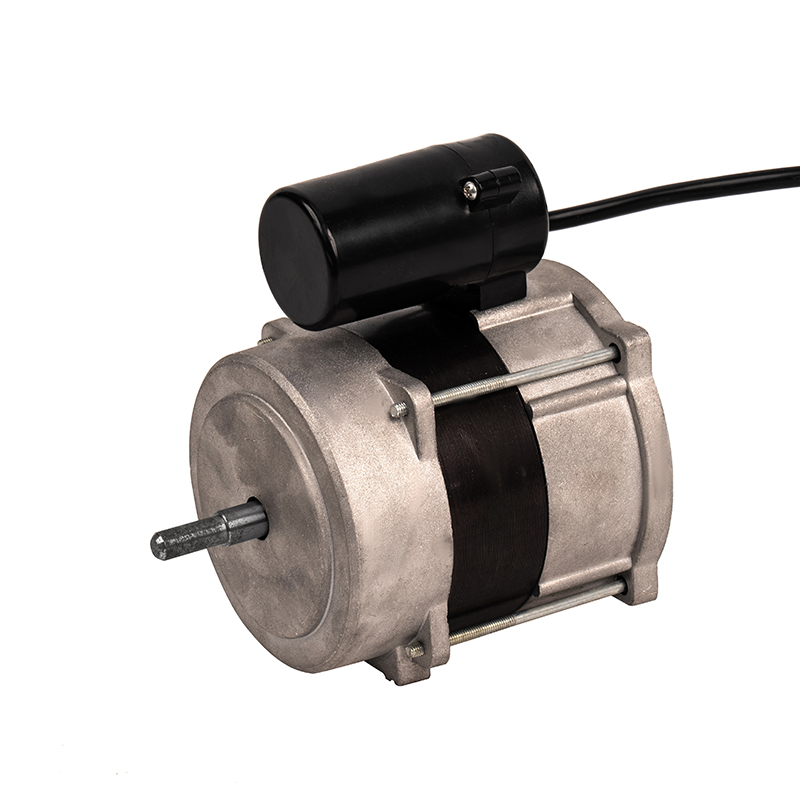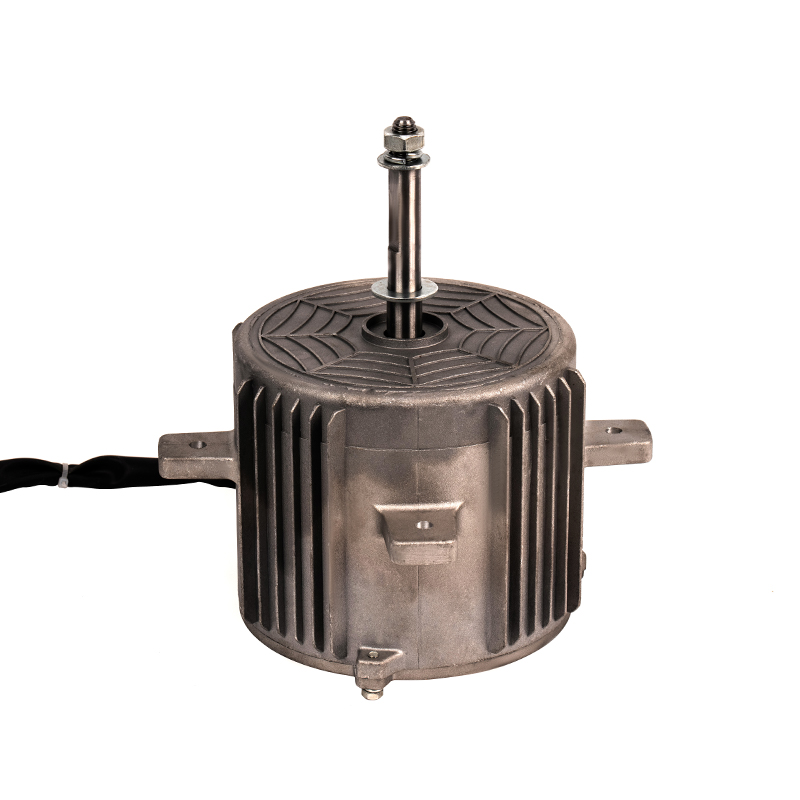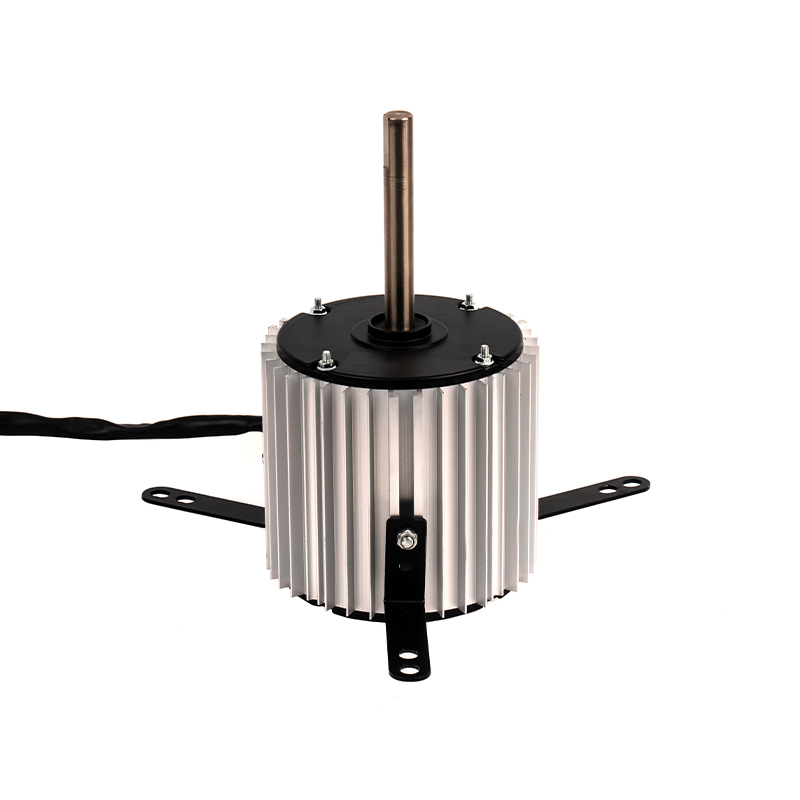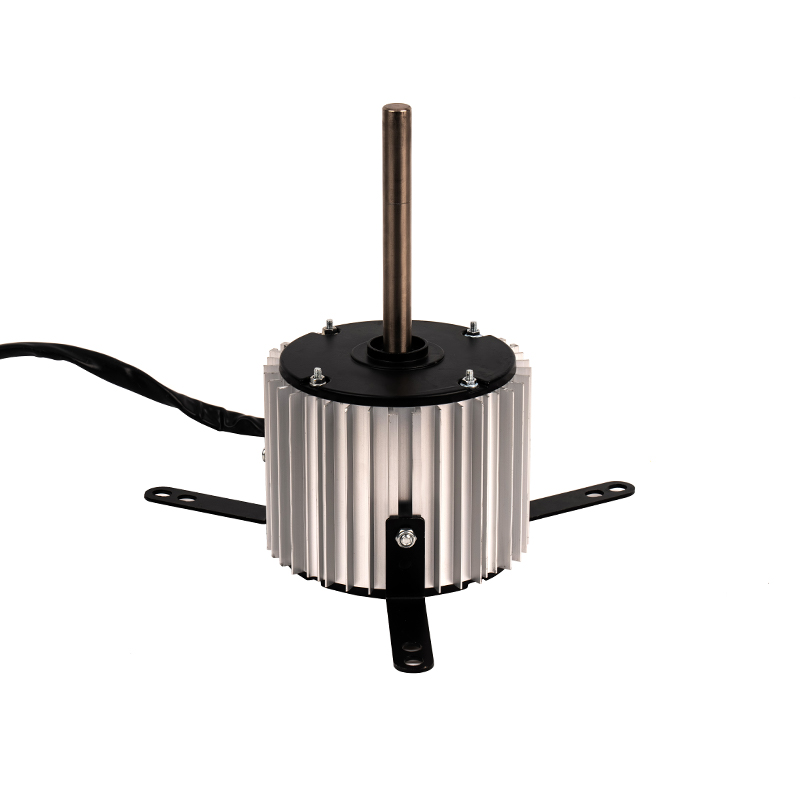1. Built-in Defrost Mechanisms
One of the most significant challenges of operating Cold Air AC Motors in cold climates is frost buildup on the evaporator coils. This is particularly a concern when the system is operating in environments where the outdoor air temperature is near or below freezing. Frost buildup can impede airflow, reduce the system's efficiency, and even cause damage if not properly managed. To address this, Cold Air AC Motors are often equipped with defrost cycles that automatically activate when a certain level of frost is detected on the coils. These systems typically feature an intelligent defrost control system that works by periodically reversing the system's airflow, which melts any ice that has accumulated on the evaporator coils, allowing the system to resume normal operation. In addition, many systems incorporate time-delay features, where the motor’s operation is paused for a specific period, allowing the frost or excess moisture to dissipate before normal operation resumes. These defrost cycles help prevent permanent damage to the motor and other components of the air conditioning unit.
2. Anti-Condensation Technology
Condensation is a natural byproduct of cooling systems, especially when warmer, moist air comes into contact with colder surfaces. In cold environments, this condensation can accumulate on the surface of the Cold Air AC Motor, causing corrosion and electrical issues. To combat this, many modern Cold Air AC Motors are designed with moisture-resistant components such as sealed bearings, waterproof motor housings, and corrosion-resistant finishes. The sealed components help prevent moisture from reaching the motor’s internal parts, reducing the risk of rust or corrosion. In addition, some motors are designed with built-in vapor barriers or protective coatings applied to sensitive areas, ensuring that water does not reach the electrical components or any other parts vulnerable to corrosion. These features make the Cold Air AC Motor highly reliable in both high-humidity environments and those exposed to condensation.
3. Heating Elements for Motor Protection
In extremely cold environments, frost buildup and freezing can also impact the performance of the motor itself. When the ambient temperature drops too low, the components of the motor may freeze, affecting its ability to function properly. To address this, some Cold Air AC Motors are equipped with heating elements that provide consistent warmth to the motor, preventing freezing and ensuring smooth operation in frigid conditions. Motor housing heating elements help maintain the internal temperature of the motor, allowing it to operate efficiently even in freezing environments. These heating elements are usually activated automatically when the ambient temperature falls below a certain threshold. In addition to protecting the motor, this ensures that the motor’s internal components are not subjected to the damaging effects of extreme cold, such as brittleness or cracking. Some systems also incorporate ambient temperature sensors that monitor the motor’s temperature, activating the heating elements only when necessary.
4. Use of High-Quality Materials and Lubrication
Cold temperatures can cause materials to become brittle and stiff, which can affect the motor’s performance and longevity. To counteract this, Cold Air AC Motors are constructed using materials that are specifically chosen for their ability to withstand extreme cold without degrading. Components such as bearings, windings, and shaft materials are made from high-strength alloys that maintain their integrity even under freezing conditions. In addition, low-temperature lubricants are used in the motor to ensure smooth operation even in very cold environments. These lubricants are engineered to remain fluid at low temperatures, reducing the risk of friction, wear, and mechanical failure. Proper lubrication is essential for the longevity of the motor, especially in cold climates where the viscosity of oil can increase and impede the motor’s ability to function smoothly. Using synthetic oils or greases designed for low temperatures ensures that moving parts remain properly lubricated and the motor continues to run efficiently without issues like freezing or excessive friction.
5. Preventive Maintenance and Inspection
Despite the advanced features of Cold Air AC Motors, regular maintenance is essential to ensure optimal performance and prevent the buildup of issues such as condensation, frost, or freezing. Routine preventive maintenance includes inspecting the motor for any signs of moisture accumulation, ice formation, or wear on components. It is important to ensure that the defrost cycle is functioning properly and that the heating elements are in good working condition to prevent freezing of the motor during cold weather. During inspections, technicians should check for any signs of excess frost or condensation on the evaporator coils or motor housing and ensure that the motor’s insulation and vapor barriers are intact. Regular maintenance helps detect potential problems early, reducing the risk of system failure and improving the motor’s overall reliability in cold climates. Additionally, ensuring that the air conditioning unit is installed correctly and that there is adequate airflow around the motor helps to minimize the risk of frost buildup on the system components.



 English
English عربى
عربى ++86 13524608688
++86 13524608688